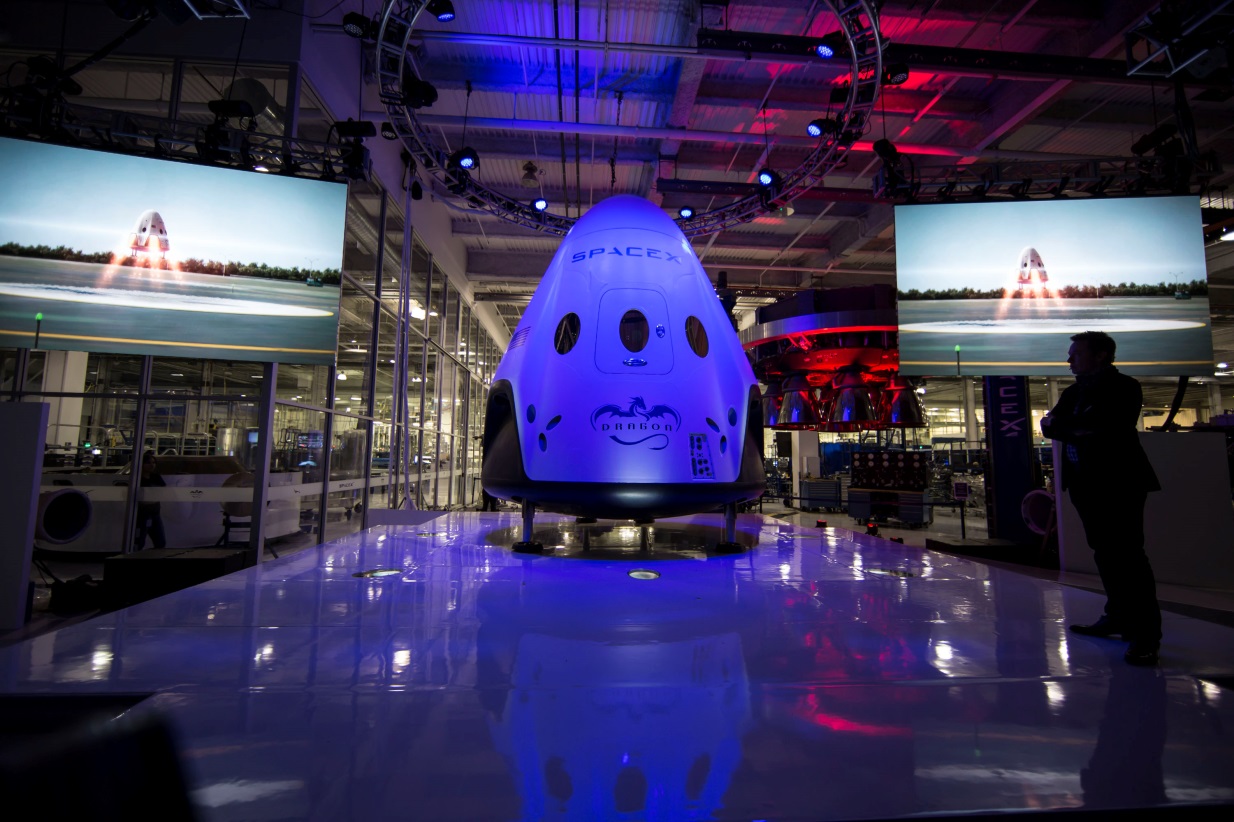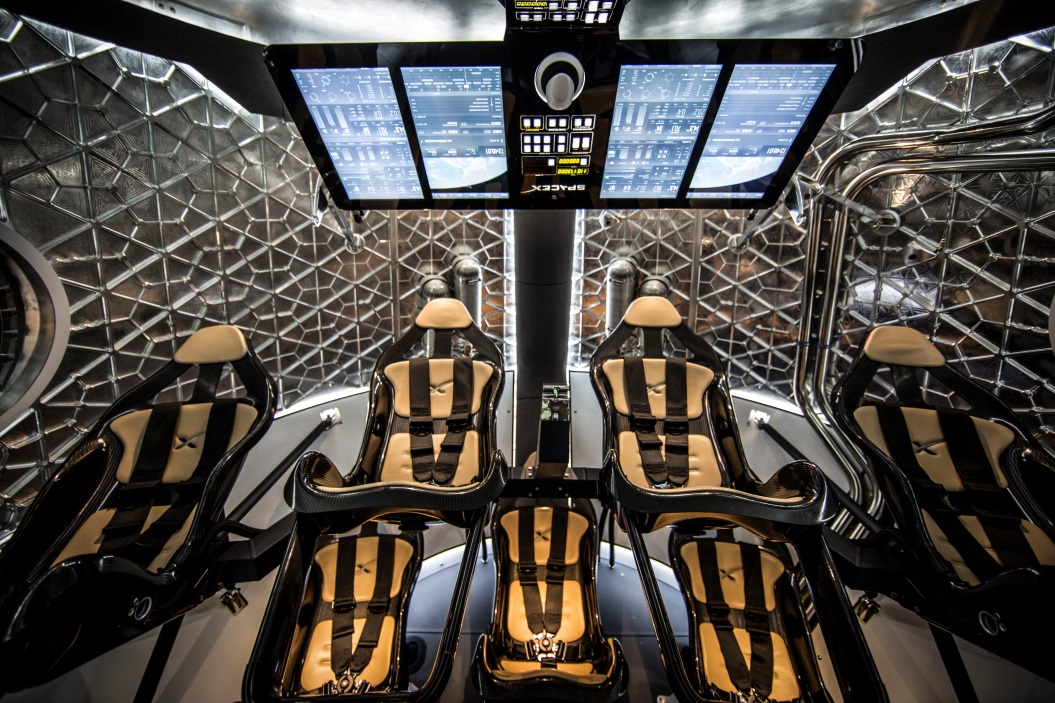Forty-two years have passed since man last walked on the moon, and the world we live in today is completely different from what it was in 1972. After launching from the moon’s surface, the crew of Apollo 17 were descending back into a world divided by ideology. The Cold War between the United States and Soviet Russia was in crescendo with hot conflicts on the Vietnamese and Korean peninsulas and frequent diplomatic clashes. Domestically, the United States was undergoing rapid social change as anti-war and civil rights activism peaked violently in cities around the country. Yet, in the midst of this turmoil and change, NASA and other international space programs were drafting plans for the International Space Station and exploring the surface of the moon.
However, 1972 would be the last time man would walk on the moon. Even in the age of the World Wide Web, smart phones, mobile applications, and cloud computing, manned spaceflight have become an afterthought. Due to the end of the Space Shuttle program and decreasing budgets for NASA, the space agency is now looking to the private sector for a solution. Private firms are bidding for NASA contracts to build the next generation of manned space technologies to replace the Space Shuttle program, and SpaceX is making a legitimate case for the top spot with its recently revealed Dragon V2. With life support, re-entry, and controlled landing capabilities, the capsule is an update to their unmanned Dragon V1 Cargo which has already been employed for cargo missions to the International Space Station and a forerunner in this modern, privatized race to space.
However, before that, the SpaceX could send 40 mousetranauts into space with its Dragon spacecraft. These mice would be spending about six months in International Space Station. The effort is to assist mission planners for NASA’s man-mission plan to Mars and other parts of the space.
Designed for low-orbit travel, the Dragon V2 accommodates up to 7 astronauts and would be launched atop a minimum-stage separation rocket. Eight SuperDraco engines are integrated into the walls of the Dragon V2, affording emergency maneuver capabilities from launch to orbit and allowing the spacecraft to execute controlled landings after atmospheric re-entry “with the precision of a helicopter” according to SpaceX. With two test flights scheduled later in the year, the Dragon V2 still has much to prove to NASA and the market, but its predecessor’s success, Dragon V1, may prove helpful in propelling Dragon V2 ahead of its competitors.
Deep space is the next frontier, and a little over 40 years removed from the last moonwalk, we have yet to find our way back. With plans to attempt a manned mission to Mars as soon as the 2030’s, NASA needs a new work horse to support frequent trips to the Earth’s orbit and beyond as they build what will be the foundation for deep space exploration and SpaceX’s Dragon V2 could serve that role with its technical focus on reusability, facilitating numerous trips from the surface to low orbit and back.
The Guest Post is written by Anna Gale. Anna works for Fueled – a leading iPhone app builder, renowned for its award wining mobile design and strategy.



